|
When I left New Zealand in mid-May to visit my family in the UK, I hadn't even thought of the Chelsea Flower Show. But my family had. Soon after I arrived as part of a significant birthday celebration, they presented me with an envelope which contained tickets for Chelsea. And not just any old tickets, but invitations to the Members Day and Cocktail Party afterwards! None of us are RHS members so I was touched and impressed by the hoops my family must have had to jump through to obtain these prestigious tickets. It was a thrilling day with much to see and take in, only a fraction of which I am able to record here. I have chosen my favourite gardens to discuss, but there were other worthy gardens too, which had been awarded gold, silver and bronze medals. M&G GARDEN designed by ANDY STURGEON Winner of Best in Show and a Gold Medal 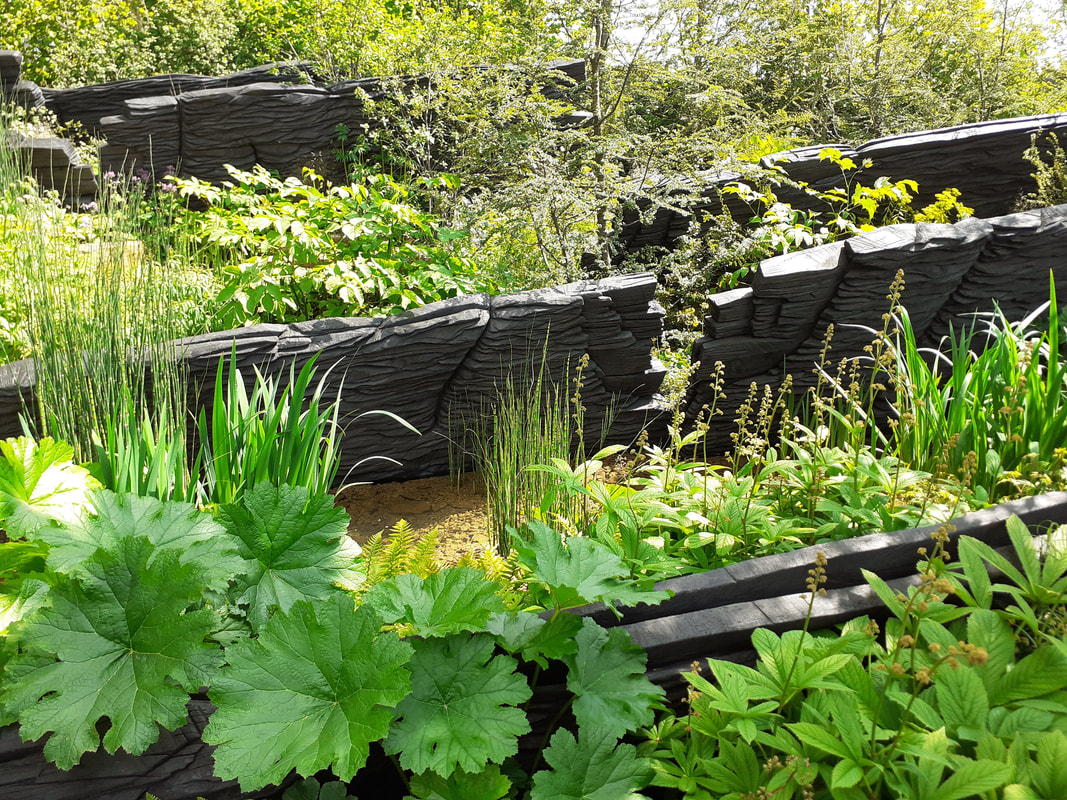 We headed first of all for Main Avenue and the Exhibition Show Gardens where the first impressions were wild, green and natural! In many of the gardens there was not a lot of colour - the drama relied on textural planting, and clever design. The simplest and most natural looking designs are of course the most difficult to achieve, and there were 2 of these which I particularly liked. The first of these was the M&G Garden designed by Andy Sturgeon which deservedly won a Gold Medal and Best in Show. M&G stands for M&G Investments which is the main sponsor of Chelsea, and who chose Andy Sturgeon as the designer of their sponsored garden. The aim of the garden was to celebrate the beauty of natures power to regenerate and colonise all kinds of landscapes with new growth. It certainly did that with it's lush and vibrantly green environment featuring plant species from around the world - many of which had never been seen at Chelsea before. Much of the power of this exhibit was due to it's position where it could use borrowed landscape in the form of existing trees already part of the Chelsea site. Sited against existing mature trees on 2 sides, where the edges of the exhibit and the existing woodland blurred, it created the feeling that the garden went on forever into woodland. This lush planting was divided by and contrasted against black linear sculptures representing ancient rock formations fashioned from massive charred oak. The regenerative theme was carried through by a series of small pools and streams trickling through the garden. I am in complete accord with the judges in rating this garden the most powerful and strongest design at Chelsea. THE SAVILLS AND DAVID HARBER GARDEN designed by ANDREW DUFF Bronze Medal winner 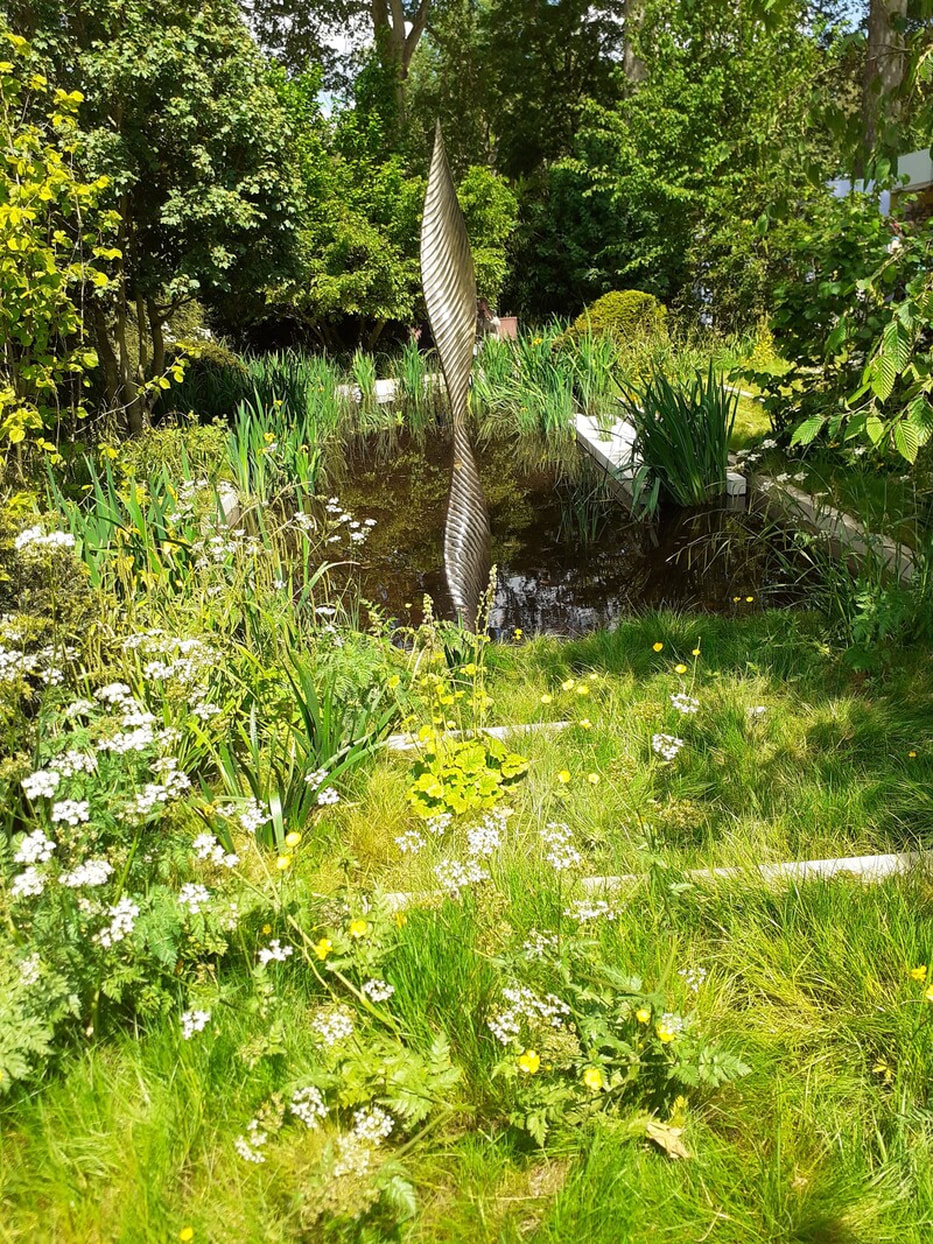 The second garden I particularly enjoyed was the wild and natural Savills and David Harber Garden designed by Andrew Duff - his first Chelsea design which won a bronze medal. This was wild and natural taken to the extreme, with plenty of long grass and wild plants of the woodland and countryside verging on weeds i.e. buttercup and cow parsley. Nevertheless, we all know how beguiling a froth of cow parsley can look! Rather than strong and powerful as was Andy Sturgeons M&G Garden, I was captivated by the ethereal quality of this garden as light filtered through surrounding woodland into a clearing and a naturalistic pond with the native iris growing in a most natural way in and around the pond blurring the edges. The plants - weeds and all, were native to the UK, and the trees included Alder and Elder. To my way of thinking this was a superb example of a simple and natural design, which would not have been easy to achieve in a Show context and could have stood alone without the sculptural shard-like installation as a focus - a double focus actually reflecting as it did in the pond. My initial feeling was that this glitzy sculptural element didn't gel with the natural feel of the exhibit. Or was it there as a foil to the wild and natural and meant to contrast rather than gel? THE TRAILFINDERS ''UNDISCOVERED LATIN AMERICA'' GARDEN designed by JONATHAN SNOW Silver Medal Winner 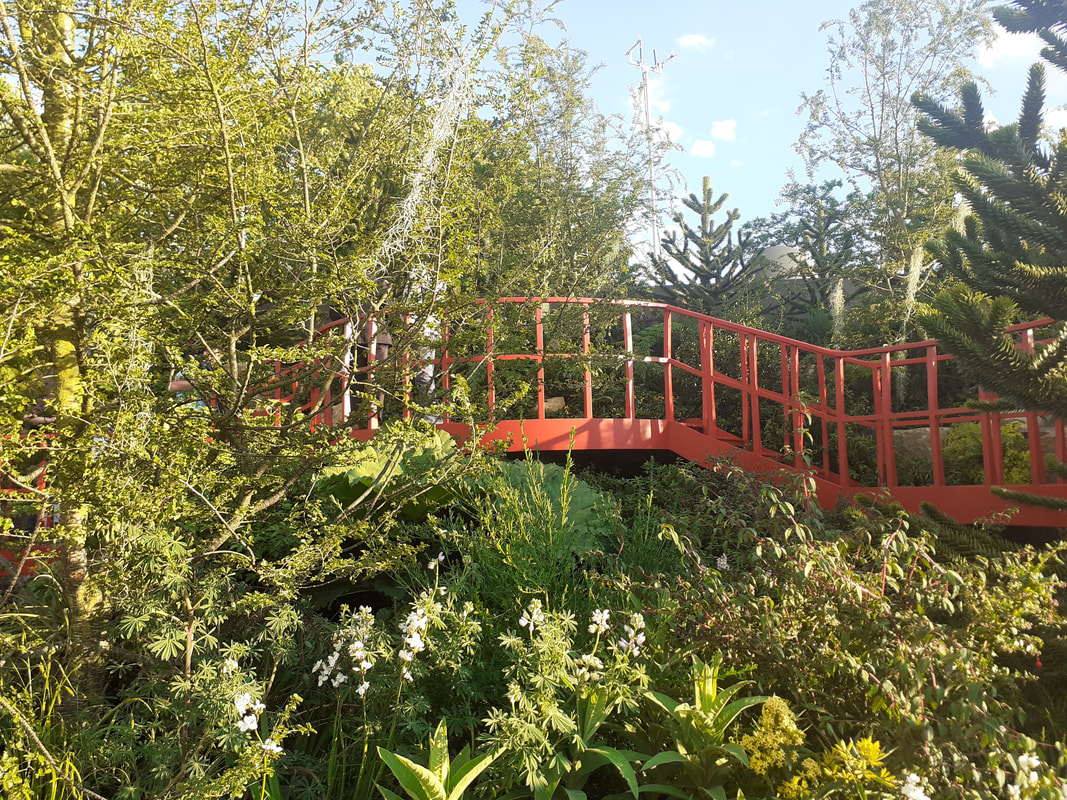 Another 'wild' garden I identified with straight away was a southern hemisphere garden - The Trailfinders 'Undiscovered Latin America Garden' - Made not by a Chilean or Brazilian designer - but by Jonathan Snow from the U.K. Like Jonathan I had been on a botanical trip to Chile and Argentina some years ago, and his Chelsea garden transported me straight back there. All the planting was faithfully native to South America, particularly Chile, from the large Araucaria araucana (monkey puzzle) to the herbaceous Alstromeria. I felt quite at home with this southern hemisphere garden as so many of these South American species also belong to the same plant families as our New Zealand native species - such as Kauri which is also of the Araucaria family. And the Chilean Nothofagus antarctica (evergreen beech) is related to the New Zealand Nothofagus (native beech) and looks very similar as well. South America's native Fuschia magellanica was represented too, as we also have our native Fuschia (Kotukutuku). The red walkway may not have been authentically South American, but it certainly added a visual focus to the exhibit. Jonathan says 'Understanding where a plant grows in the world and the conditions it enjoys, helps us all become better gardeners and designers'. Ain't that the truth?? And the garden won a silver medal so the judges were impressed too. THE WELCOME TO YORKSHIRE GARDEN designed by MARK GREGORY Gold Medal and Peoples Choice Winner Another wild and natural garden, the ''Welcome to Yorkshire Garden'' celebrates Yorkshire's canals and the rural drama of the county's industrial heritage. This exhibit illustrates again the way the existing trees of the Chelsea site, can enhance a design which in this instance aims to strike the perfect balance between the industrial and the beautiful. Mark Gregory, the designer says ''My design pays homage to the canals and locks which were vital to Yorkshire as the arteries of industry during the Industrial Revolution and how they have been lovingly restored to create a unique ecosystem and valuable leisure resource''. It was very hard to get a good photo of this garden as there were celebrities around - Joe Swift was interviewing Monty Don in the garden so the crowds were several rows deep hoping to get a glimpse of the celebs. And a glimpse is all I could get with my phone camera, as I was squeezed from all sides. So the photos are less than perfect, however you might just make out Joe and Monty through the willow chatting in front of the Lock-keepers cottage. THE R.H.S. BACK TO NATURE GARDEN designed by HRH THE DUCHESS OF CAMBRIDGE with ANDREE DAVIES and ADAM WHITE Everybody wants to know about the Duchess of Cambridge's garden!! It was titled The RHS Back to Nature Garden and was created with the help of designers Andree Davies and Adam White. As an RHS Feature Garden it was in a class of it's own which was not competitive. Following the theme of wild and natural, it was a like an authentically natural playground for children. There was no gaudy plastic playground equipment here - oh no - all was created from nature. The tree-huts, the hidey holes, the swings, the little wooden bridges over little rocky streams, the winding trails and paths were all created from pebbles, branches, logs and rocks. The naturalistic planting of woodland and roadside, such as ferns, long grass and wild strawberry, was once again verging on weeds. The Duchess's vision was to provide inspiration for places for children to be able play, learn and discover about the natural world, and although a charming concept and beautifully crafted, this garden did not convey the sophisticated design principals of many of the Exhibition Gardens. Nevertheless, the queues to view the garden were endless. THE GREAT PAVILION
|
Details
Archives
July 2023
Categories |
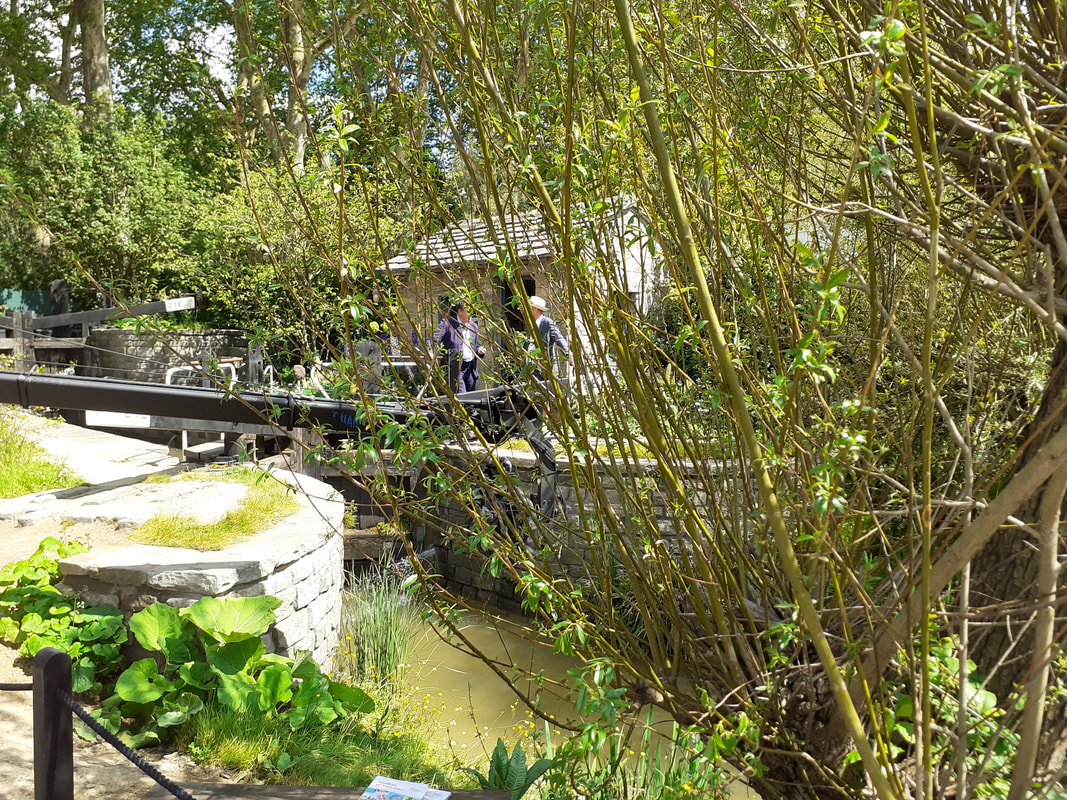
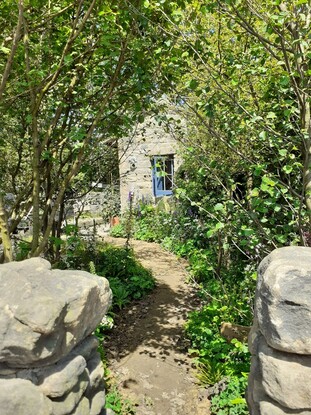

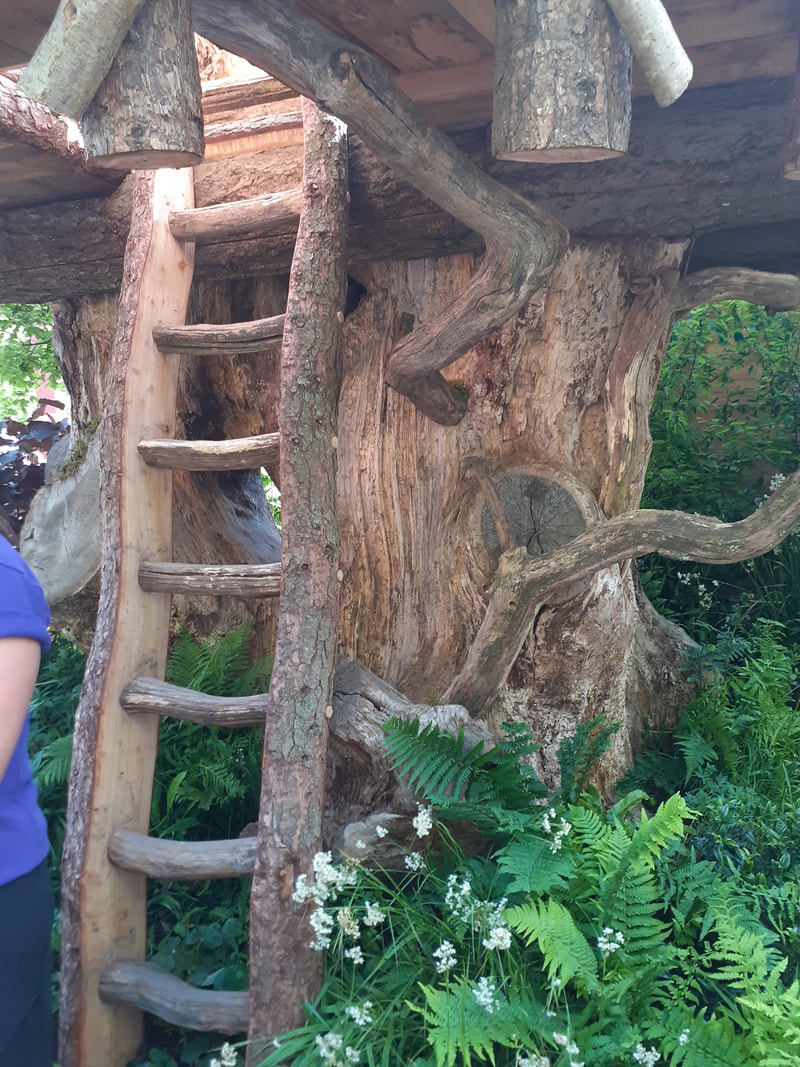
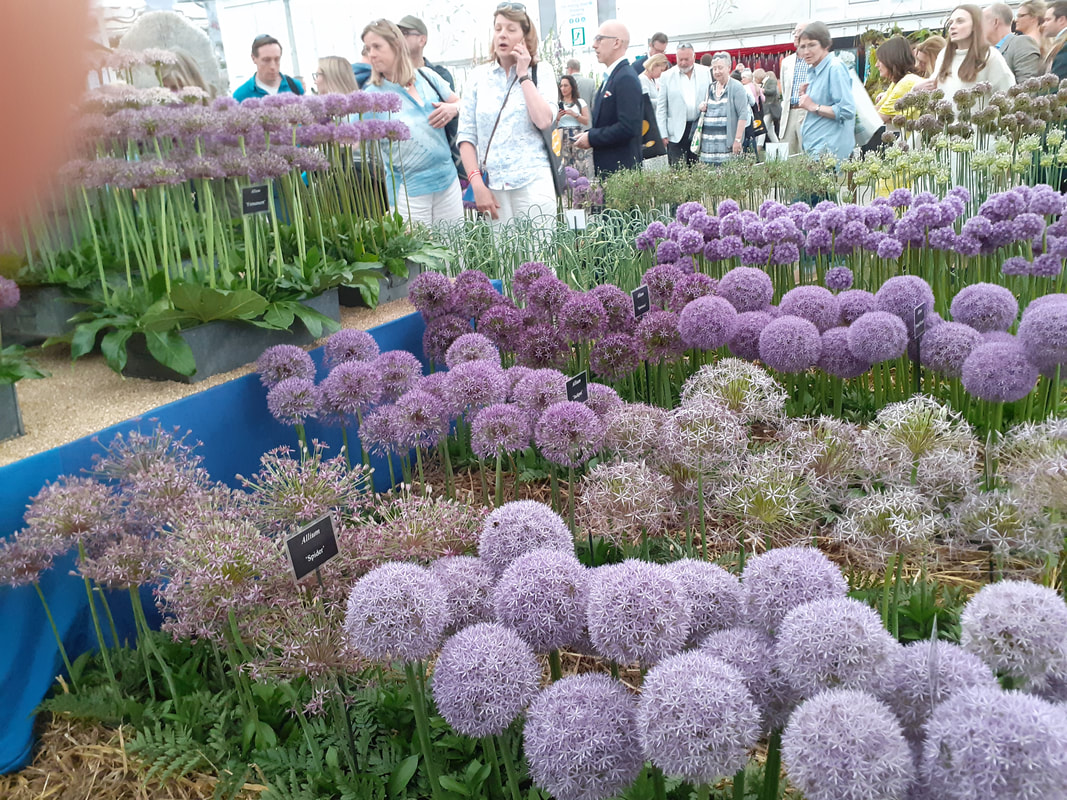
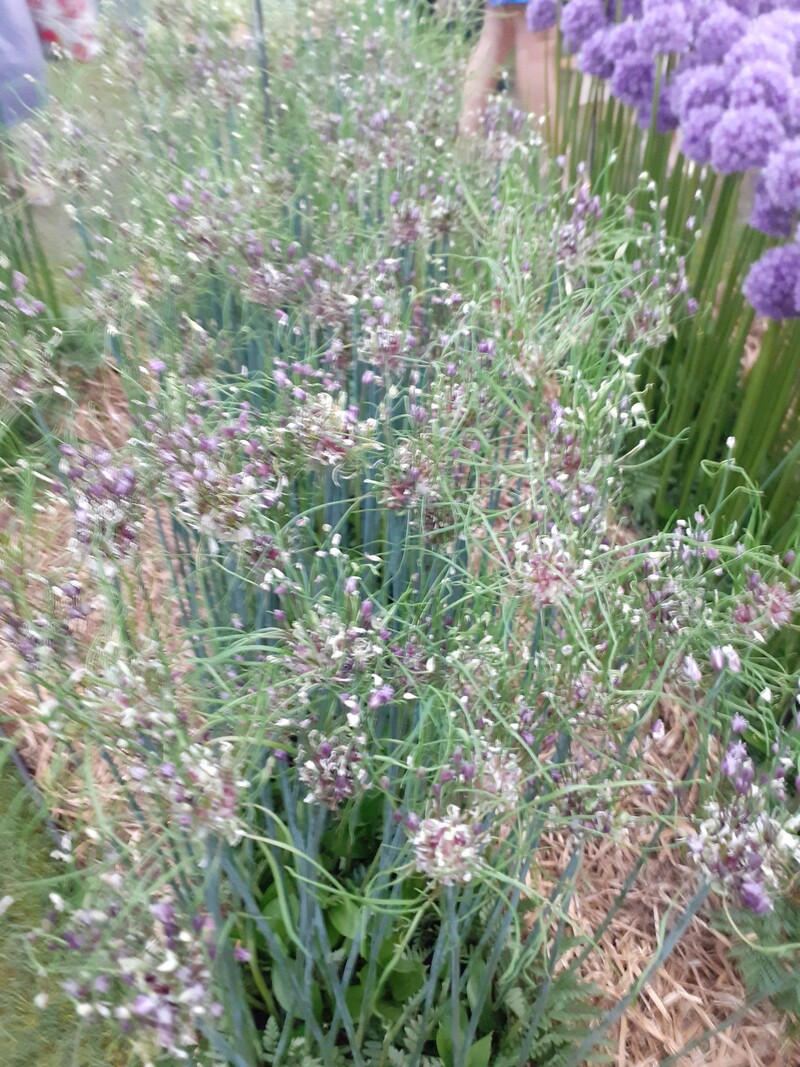
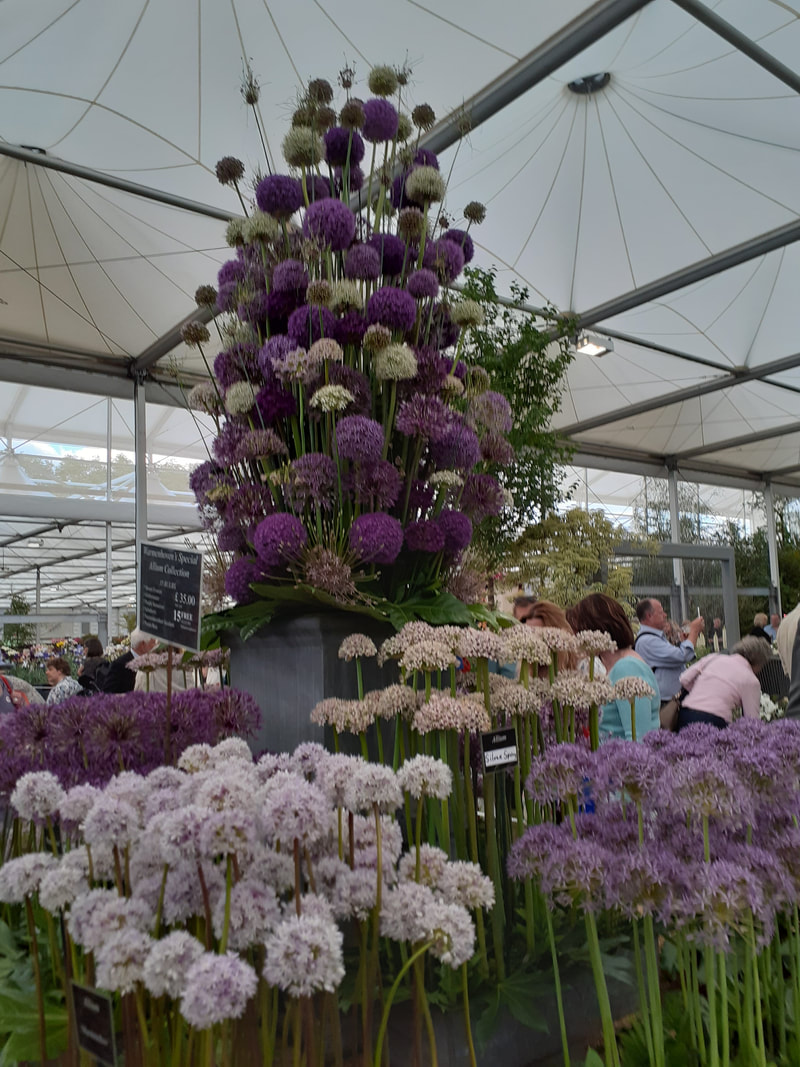
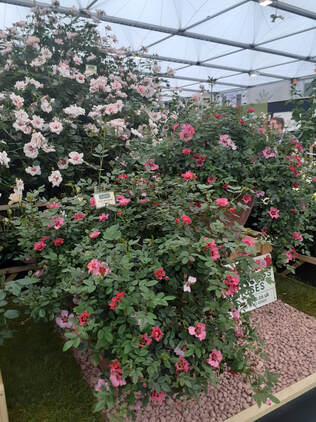
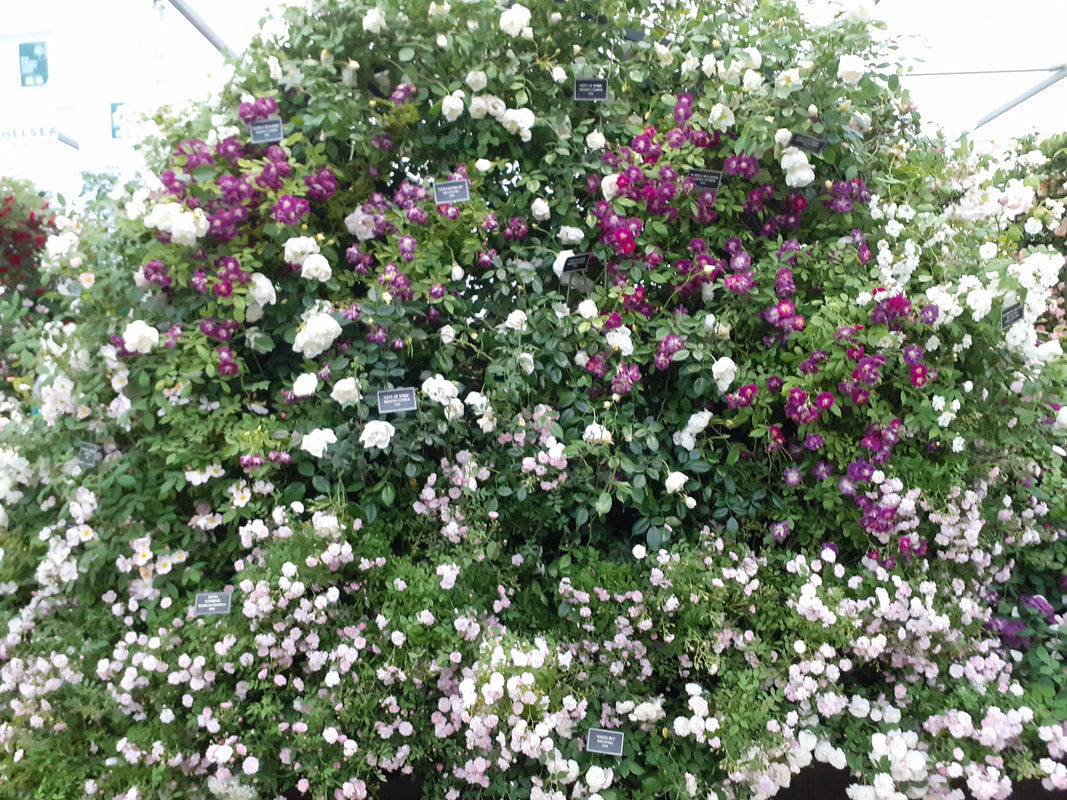
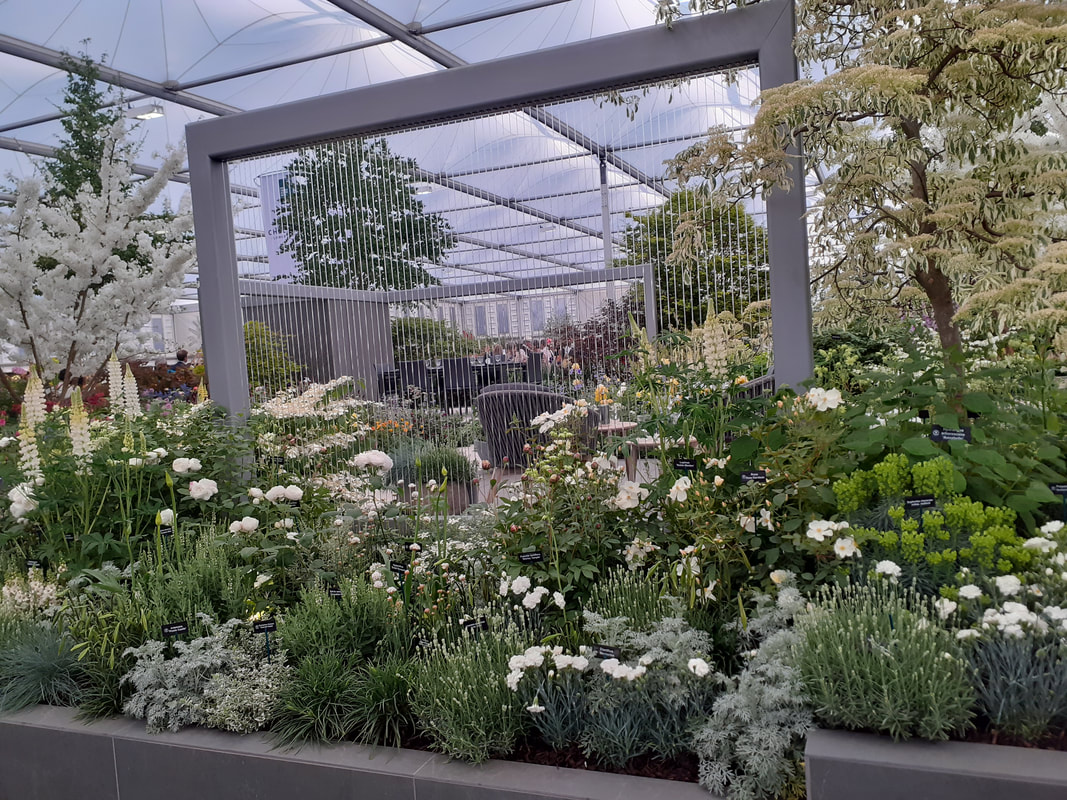

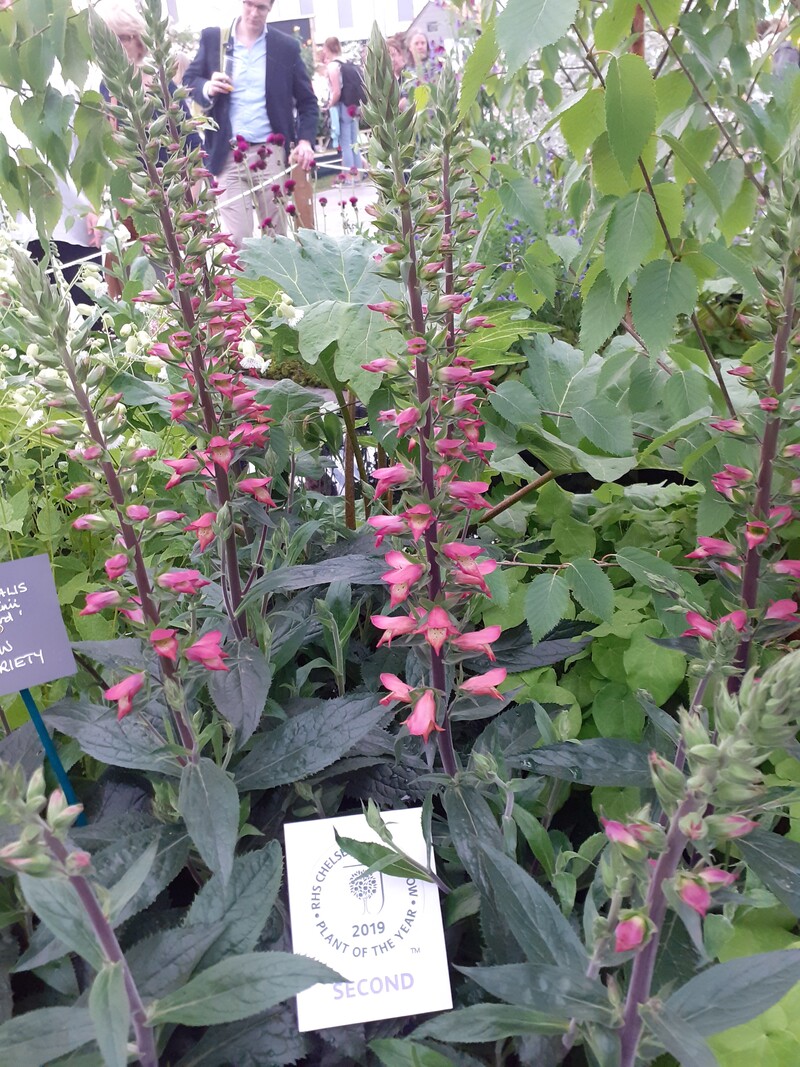
 RSS Feed
RSS Feed
